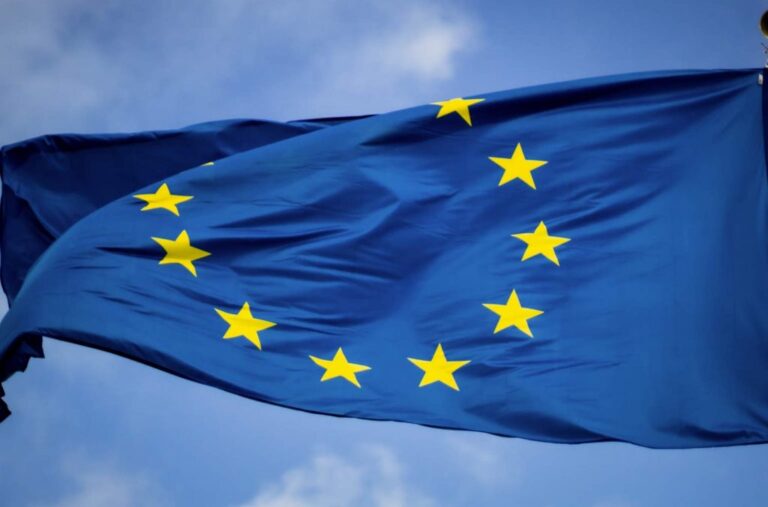
Morning Brief – Friday 4th
With two death-defying stunts performed by firstly Mr Trump over the Christmas period and secondly a rollercoaster ride in the Japanese Yen overnight on Tuesday, I’ve managed thus far to avoid the sometimes hard and always intimidating subject of Brexit. Four days into the New Year I can hold my tongue no longer! Can the United Kingdom really have a no deal Brexit? What are the options and what’s coming up?

The possible outcomes of Brexit, albeit simplified, are largely exhausted by the diagram above. Ultimately, represented above by the timeframe “beyond”, there are three options: Hard, Soft, and None. We’ve known that from the beginning. Following the vote on 23rd June 2016, either Brexit was going to happen, or it wasn’t. If it happened, it would have been somewhere on a variable scale between the hardest of hard Brexits and the softest of soft Brexits. What is critical about SGM’s analysis above and what has only become fully clear in the past weeks as the process has continued, is how we get there.
From the diagram above it is apparent that the UK can only crash out from the hardest of hard Brexits, what I have called here a “cliff-edge Brexit”, is only achievable in a forecastable timeframe if the government explicitly choses to pursue it. This is apparent from the no-deal scenario upon which the government must chose to put it to the people, extend Article 50, or take the plunge. So how did we arrive here?
Well, we have been reminded time and time again, even in the first few days after the declaration of Article 50 by its very own author Lord Kerr, that article 50 is reversible. Given that the government, and not parliament, has the mandate to control the declaration there is always another option besides cliff-edge Brexit. Similarly, with the implied probability of a second referendum approaching 50% based upon bookmakers’ odds, the permissibility of asking the public once again appears to be growing.
The reality and uncertainty of a no-deal cliff-edge Brexit is what has had Sterling markets panicking for almost three years now. The possibility is largely to blame for the 15% discount in the Pound in the days following the vote to leave and weak Sterling support ever since. However, given the possibilities available to the government unilaterally, without any external control or meddling from parliament, it is apparent that no-deal Brexit is no-go unless the government decides to take it.
The evolution of Brexit that has led me to this conclusion appears not to have been priced in by markets, with the probability of a no-deal Brexit remaining well priced in. I’m confident that the probability of a no deal Brexit is still priced in because the implied volatility within the Pound is above that of emerging markets, at 14%, its highest in decades. And herein perhaps lies the silver lining! Sterling appears to be unnecessarily cheap ahead of parliament recommencing their debate on May’s deal next week. Snapping up the Pound now could well prove to save a pretty penny.
Discussion and Analysis by Charles Porter

Related Insights

Daily Brief – One in three
One in three Until recently, the market had held the probability of a rate cut at the Bank of England’s November meeting at near zero. Above-target inflation and insufficient evidence of faltering economic growth alone suggested the BoE would continue to adopt a wait and see approach. Combine that with the uncertainty of the UK […]

Daily Brief – A glimmer of (European) hope
A glimmer of (European) hope The ECB has made significant progress in cutting rates towards an accommodative level. The Eurozone saw evidence of cooling inflation much sooner than many economies and has been able to respond accordingly, cutting the deposit rate to 2%. The ECB will meet again this Thursday to publish its latest monetary […]

Daily Brief – Two cuts down
Two cuts down The Federal Reserve cut the target Fed funds rate by 25-basis points again last night. This brings the benchmark range down to a 3.75-4% banding. This move had been widely expected, but that does not mean it did not have any market impact. As of market open today, the dollar continues to […]



 Charles Porter
Charles Porter